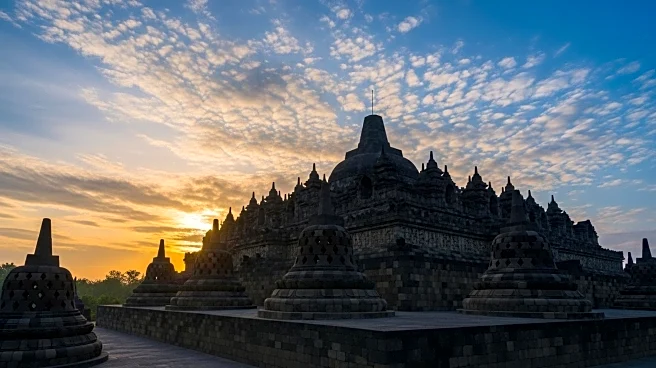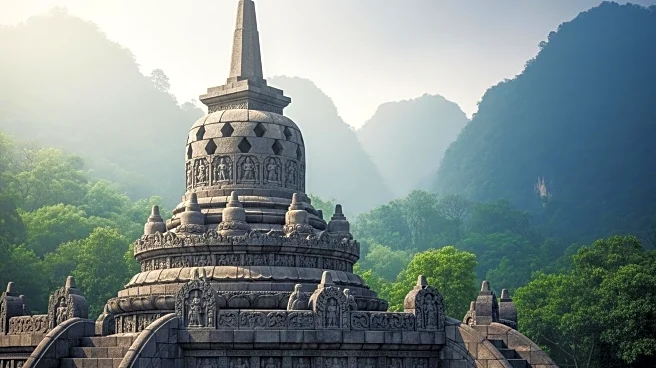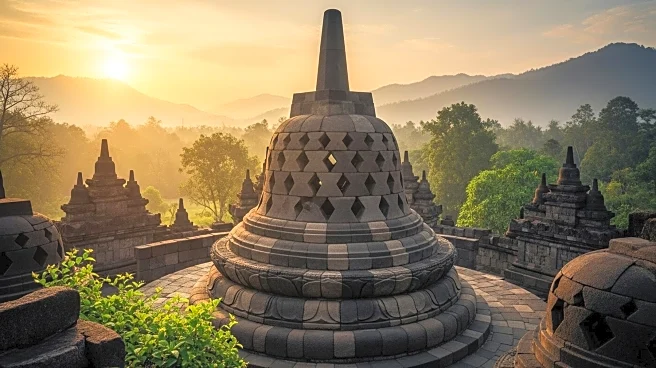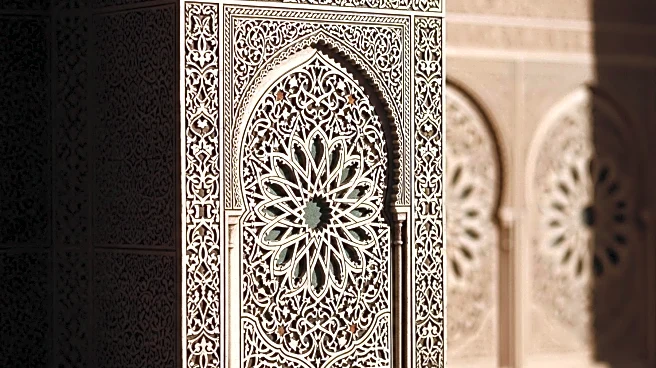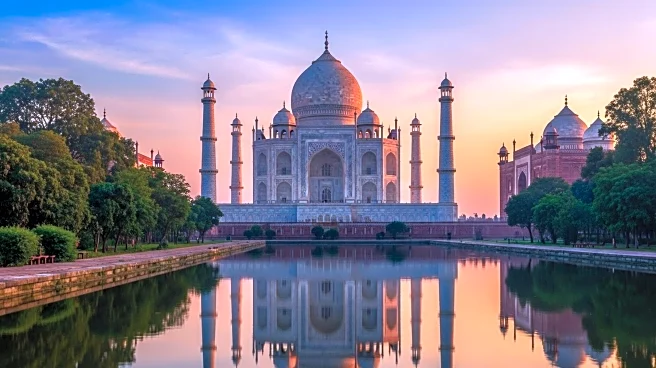Borobudur's influence extends beyond its architectural beauty, impacting cultural and religious practices worldwide. As the largest Buddhist temple in the world, located in Central Java, Indonesia, Borobudur serves as a symbol of Indonesia's rich cultural heritage and the global spread of Buddhism.
Intellectual and Cultural Influence
Borobudur's intricate design and relief panels offer insights into Buddhist teachings and Javanese culture, influencing scholars and practitioners worldwide. Its status as a pilgrimage site during Vesak Day celebrations highlights its cultural significance.
Policy or Industry Effects
The preservation and restoration of Borobudur have influenced policies related to cultural heritage and tourism in Indonesia. Its designation as a UNESCO World Heritage Site underscores the importance of protecting historical landmarks.
Global vs. U.S. Reach
While Borobudur's influence is global, it offers U.S. audiences insights into the architectural achievements of ancient civilizations and the spread of Buddhism. Its recognition as a World Heritage Site highlights the value of preserving cultural heritage.
Critiques and Debates
Borobudur's restoration efforts have sparked debates about the balance between preservation and modernization. These discussions emphasize the challenges of maintaining historical integrity while accommodating contemporary needs.
 Discover Daily • 7 min read
Discover Daily • 7 min read 